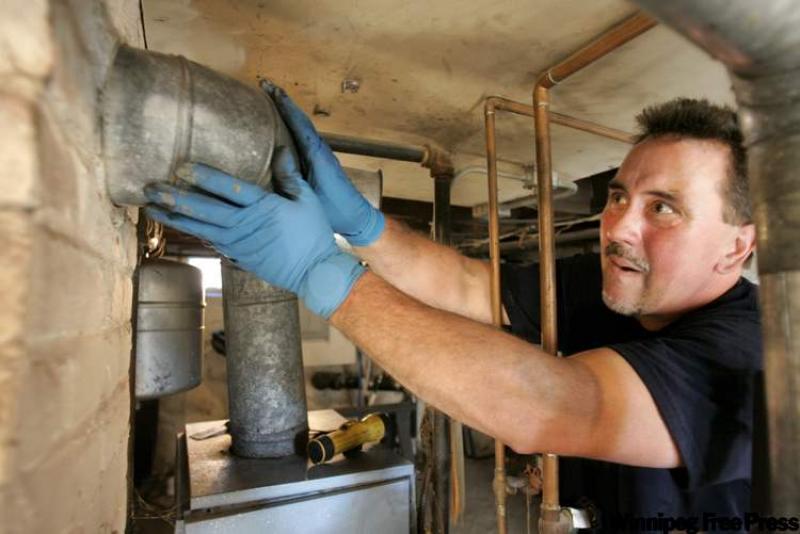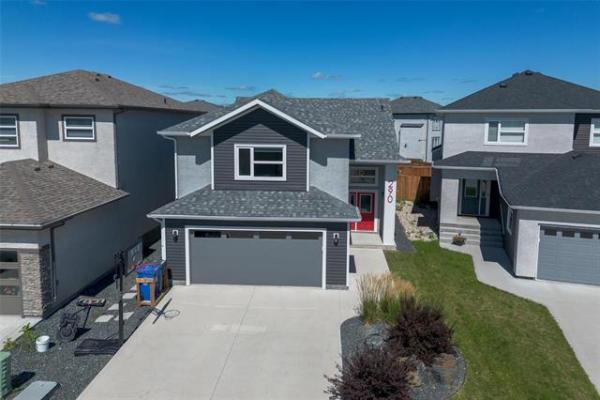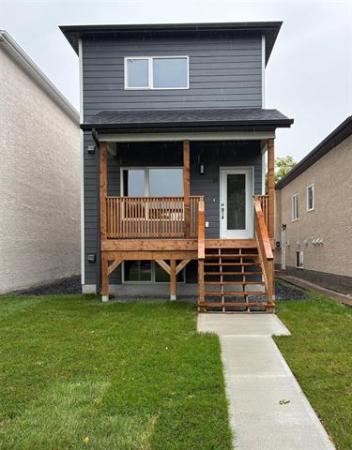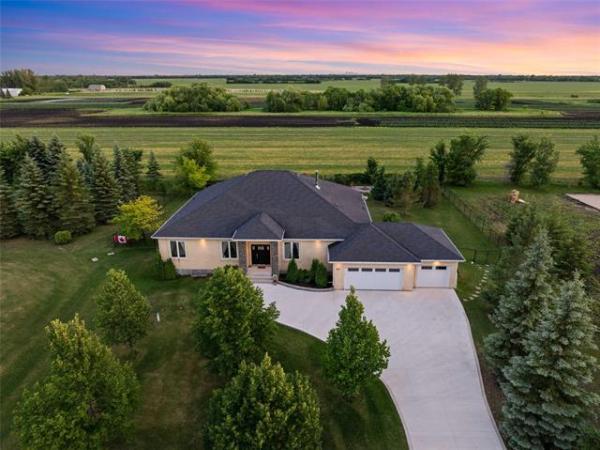QUESTION: I live in a house that we built on top of the foundation of a house we tore down. The original house and foundation were built in the 1940s. In the new house we put in a high-efficiency furnace and therefore removed the old chimney, except for the section in the basement. I was wondering if we could remove the basement chimney without any issues. Is it possible there may be asbestos in the chimney and if so, how should we check for this. Could you recommend anyone for removal of the chimney?
Thank you, Sigrid Quinn
ANSWER: It's unusual for a brand-new home to be constructed over a foundation that old but it's possible, with a few modifications, if the old foundation was in good condition. Removal of the bottom section of the old chimney in the basement may be difficult now and would have been considerably easier before the new house was completed. Regardless, the asbestos should be a non-issue but other considerations must be taken into account before proceeding.
For the sake of our discussion, I will assume you are talking about a brick chimney. Otherwise, removal would have been simple and likely done when the old house was demolished. I cannot think of a reason asbestos would have been used inside a brick chimney of that age, unless there was a wood stove or old fireplace in the original basement.
Most older brick chimneys are constructed of clay bricks and mortar, with few additional items other than a cast-iron cleanout cover. When converted for use with your old gas furnace, a metal liner should have been installed, but this should not create any additional obstacles. The metal liner is normally a single-walled vent and does not contain any insulation material. Also, you should have completely removed this with the upper section of the chimney, perhaps leaving a small section in the basement with the cleanout area.
Either way, it's doubtful there is anything in the basement section of the brick chimney to cause a health or safety hazard when demolished.
Removal of the physical chimney base will depend on several factors, mostly related to its construction and location. If the entire remaining section of the brick chimney is located inside the concrete foundation, removal may be possible. If the chimney is built with the exterior section embedded within the foundation walls, removal will not be advisable. Many older chimneys are built this way, with a large portion of the brick buried below grade. This portion of the chimney actually becomes part of the house foundation, supporting the entire chimney on the footing below this area. If you attempt to remove the interior portion of that type of chimney you can cause structural damage, which would be inviting major problems. If the integrity of the exterior brick wall of this structure is compromised, moisture intrusion and movement are almost a certainty. The way to determine whether the fireplace is built in this manner is to excavate a small area around the outside of the chimney, particularly where it abuts the foundation. If the brick is seen extending more than a metre below grade, then removal is out of the question, unless you plan to replace it with concrete. It can sometimes be difficult to determine this if the outside of the entire foundation has been re-coated with damp-proofing or covered with a membrane. In that situation, some of the foundation coating may have to be scraped off or removed to make an accurate determination.
The next item to address is the reason for removal of the basement chimney section. If it's simply to add more living space, then abandoning the plan will save you major work for little gain. If the chimney is truly in the way of planned renovations and cannot be worked around, further exploration may be attempted. If removal is desired because of deterioration or water leakage from the chimney area, removal is not the cure. Excavation of the entire exterior of the chimney will be the only way to stop this problem.
Often, old chimneys leak below grade through deteriorated mortar, or the actual bricks. Bitumen-based damp-proofing initially installed on the outside of the brick wall will wear out after several decades, allowing water to penetrate the porous brick or mortar. This will have to be replaced or a better membrane installed to stop further damage and leakage. If the deterioration has progressed to the point where the structural integrity of the chimney is in doubt, then chimney removal is not only a choice but may be a requirement.
Whatever the reason for your desire to remove the remaining portion of the old chimney in your home, it's not something to be done by anyone without professional supervision and assessment. The work should be done by a reputable foundation contractor who has knowledge about structural issues and experience with masonry construction.
All reputable contractors of this type will have a working relationship with one or more professional engineers, who will be able to inspect the site before any work is attempted. A structural engineer is the appropriate expert to determine whether the chimney can be removed without damage to the foundation and provide appropriate suggestions for methods of repair or reinforcement of the existing structure, if needed.
Whatever you decide, removing the old chimney is not something to be done on a whim and should be properly evaluated before one brick is touched.
Ari Marantz is the owner of Trained Eye Home Inspection Ltd. and the President of the Canadian Association of Home & Property Inspectors--Manitoba (www.cahpi.mb.ca). Questions can be e-mailed to the address below. Ari can be reached at (204) 291-5358 or check out his website at www.trainedeye.ca.
trainedeye@iname.com




